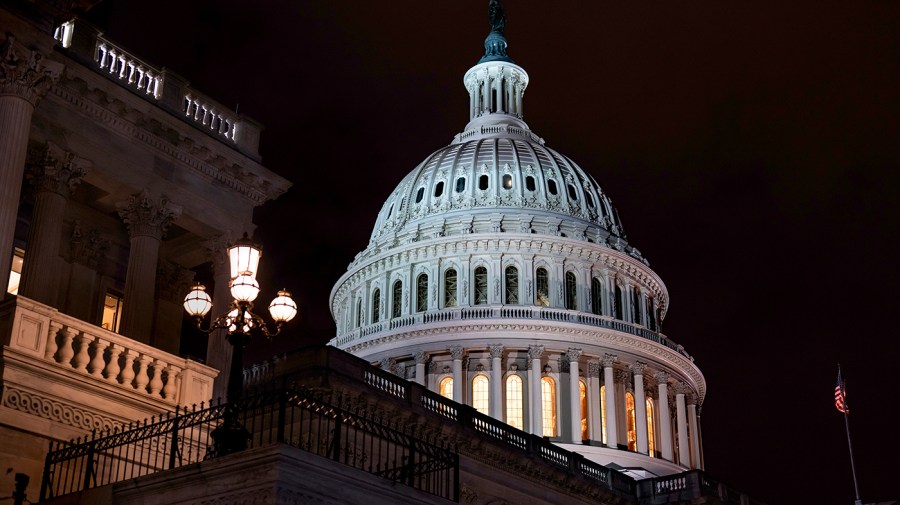( The Hill ) — The top tax writers in the House and Senate announced a $78-billion bipartisan deal on Tuesday, as they race to enact provisions into law before tax season gets underway at the end of January. Here’s what made it in the deal. The child tax credit would get a boost under the agreement, increasing the maximum credit per child from $1,600 to $2,000 through 2025.
This credit would also be adjusted for inflation in 2024 and 2025. The maximum credit for each taxpayer would be calculated on a per-child basis rather than capping the credit at 15 percent of earned income over $2,500 across the board. The shift aims to help “ensure the child tax credit phase-in is applied fairly to families with multiple children,” Senate Finance Committee Chair Ron Wyden (D-Ore.
) and House Ways and Means Committee Chair Jason Smith (R-Mo. ) said in a press release. The deal would also allow for a one-year income lookback, in which taxpayers would be able to use their earned income from the last taxable year instead of the current year when calculating their maximum credit.
The tax deal would raise the ceiling for the low-income housing tax credit by 12. 5 percent through 2025, “allowing states to allocate more credits for affordable housing projects,” according to a summary of the proposal. It would also lower the threshold for bond-financed buildings to receive the low-income housing tax credit.
“Sixteen million kids from low-income families will be better off as a result of this plan, and given today’s miserable political climate, it’s a big deal to have this opportunity to pass pro-family policy that helps so many kids get ahead,” Wyden said in a statement. “At a time when so many people in Oregon and all across America are getting clobbered by rising rents and home prices, the improvements this plan makes to the Low-Income Housing Tax Credit will build more than 200,000 new affordable housing units,” he added. Three business deductions that were taken away in the 2017 Tax Cuts and Jobs Act would be restored under the deal.
The deal would push back a current law that requires businesses to deduct research and development costs over a five-year period, instead allowing them to deduct the costs of American-based R&D investments immediately. It would also allow for “continued flexibility for businesses forced to borrow at higher interest rates” and restore a provision that allows for “full and immediate expensing for investments in machines, equipment, and vehicles,” Wyden and Smith said in Tuesday’s press release. The tax deal would establish a carve-out for Taiwanese companies to prevent double taxation for “businesses and workers with a footprint in both the United States and Taiwan,” according to Tuesday’s press release.
The proposed carve-out comes as the U. S. aims to reshore portions of the semiconductor industry from the island nation.
Under the proposed deal, victims of wildfires and the Norfolk Southern derailment in East Palestine, Ohio, would receive some tax relief, with any disaster relief payments not counting toward their taxable income. The deal would also continue to waive certain limitations on disaster-related losses. .
From: wsav
URL: https://www.wsav.com/news/national-news/heres-whats-in-the-bipartisan-tax-deal/



